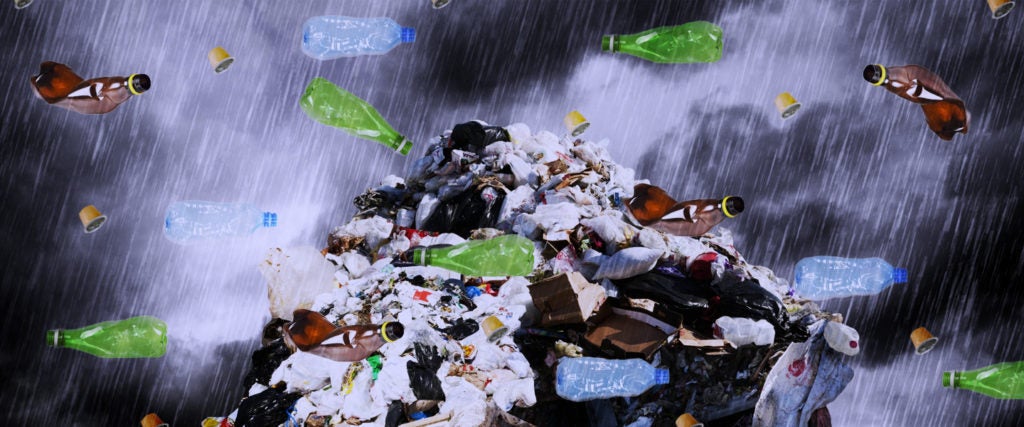We live in a time of grab-bag horrors. Stick your hands into the bag, pull out some random words and together they’ll form whatever new crisis we have to deal with. Here’s one: Plastic is so embedded in our atmosphere and water cycle that it literally rains microplastic in our national parks, and we have no idea what that means for our bodily and environmental health.
In June, researchers from Utah State University and Salt Lake Community College published a report in Science stating that microplastic has been found to accumulate in even the most rural, isolated parts of the U.S. Deep within national parks and protected forest lands of the south and central western portions of the country, it’s estimated that more than 1,000 tons of microplastics fall per year. This is the equivalent of 123 million plastic water bottles.
Under a microscope, researchers found dozens of tiny, colorful pieces of plastics, polymers and fibers in water samples taken from national parks. Around 30 percent of them were microbeads, commonly found in beauty products like exfoliants. Most of the other particles likely originated from synthetic clothing materials. These mini plastics weren’t simply left there by hikers — they were carried from water supplies in more populated areas via the water cycle.
What this proves specifically is that plastic has essentially saturated our entire ecosystem, beyond regions where humans are largely present. But the precise impact is unknown. Previous research on microplastics has found that ingesting them via seafood can potentially cause physical damage from shards of plastic scratching our organs, as well as through the leaching of chemicals into the body. For example, pesticides in the environment can cling to microplastics, causing liver damage when eventually consumed. At the same time, though, we may well be willingly ingesting microplastic each time we drink from a plastic bottle or eat with a plastic fork.
In other words, there is still a lot to uncover about what all this microplastic is doing to our bodies and what ramifications it might have for the basic functioning of our ecosystems. For now, though, it proves the horrifying concept most of us would probably have preferred not to think about: Plastic is inescapable, and there is likely nothing we can do about it.

